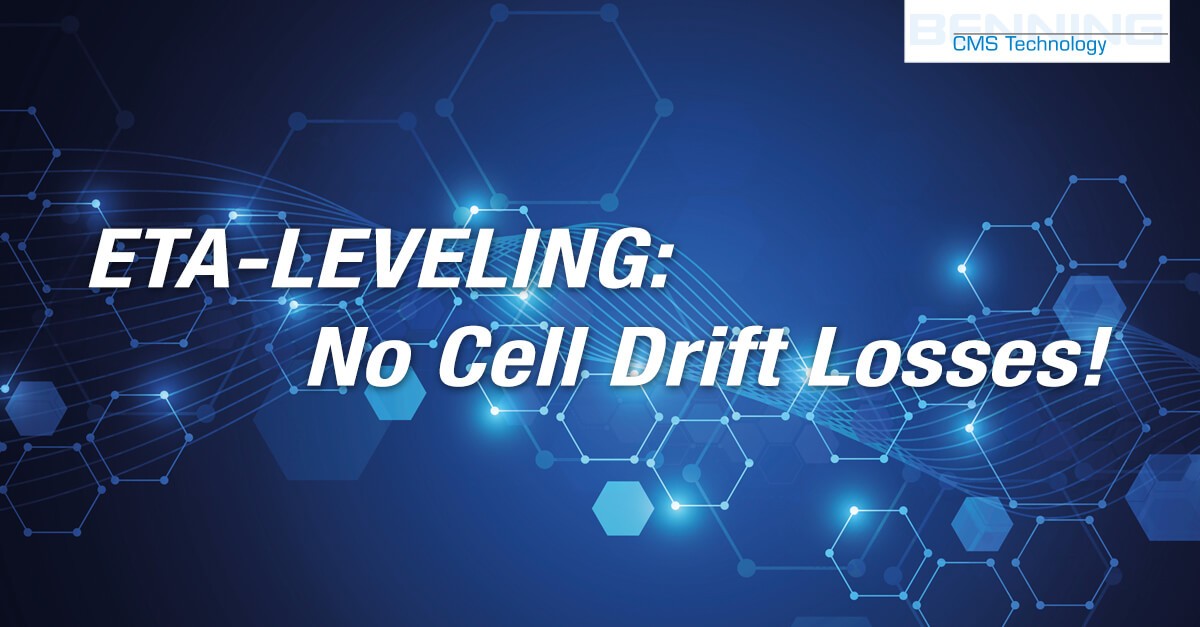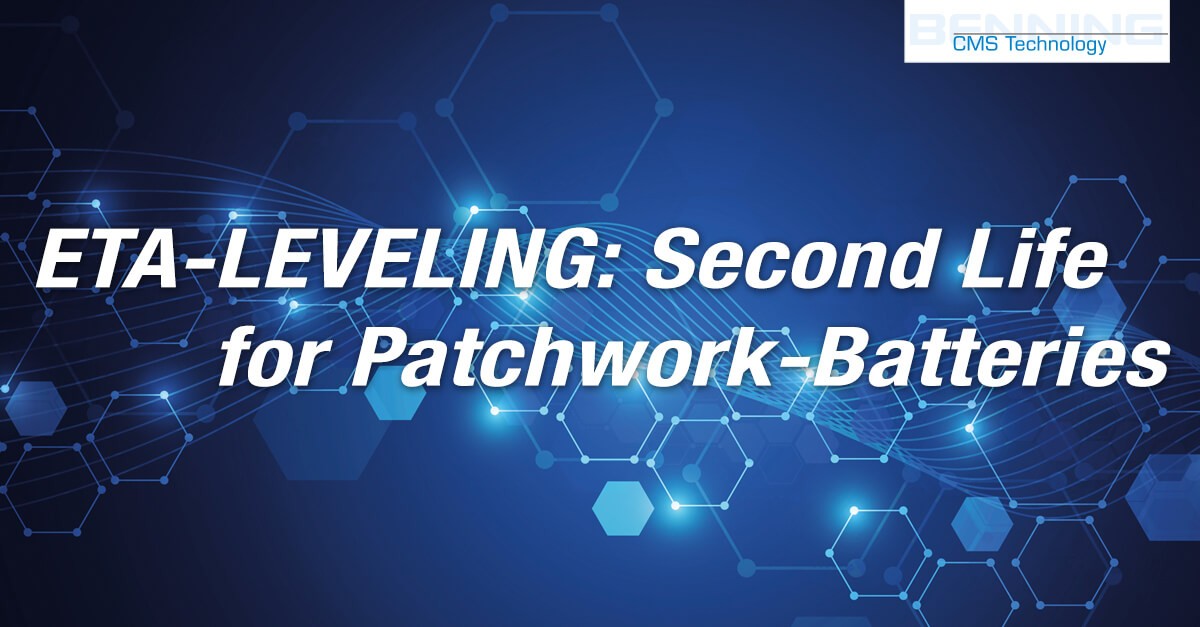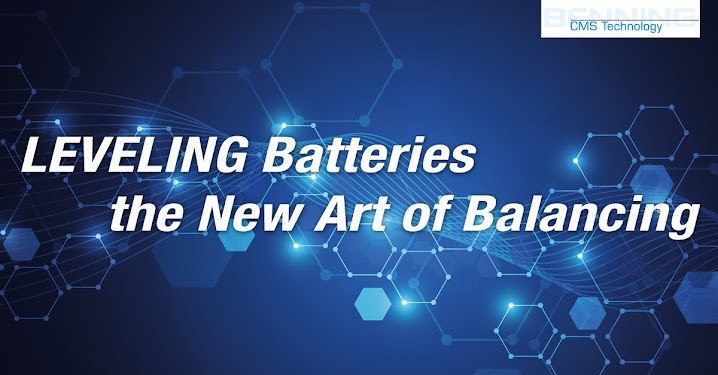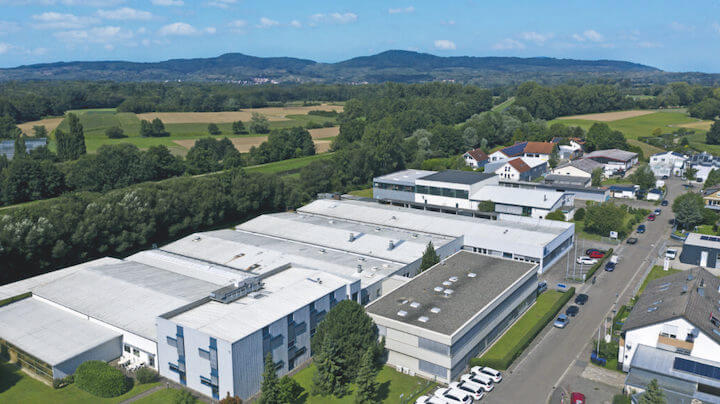Battery resting periods are used for balancing in electromobility. However, balancing can only start once the charging process is finished, which causes considerable delay. The batteries of electric cars that are driven every day may never have a true resting period. This is where battery management systems (BMS) are advantageous, because instead of balancing based on voltage, they level, i.e. carry out efficiency leveling. Leveling only takes a few seconds without the need for resting periods.
The idea of balancing is to increase the performance and lifespan of batteries. Conventional BMS control the battery’s charge and discharge based on the voltage in order to compensate for imbalances between the battery system’s cells. The ideal time for balancing is during resting periods. But stationary energy storage systems that are in continuous use during the summer months – charging during the day and discharging at night – never enter a resting period; balancing therefore takes place while the battery is charging, towards the end of the charge cycle. However, if there are regular time slots when batteries are neither charging nor feeding electricity into a grid, as is the case with e-mobility, balancing is often scheduled during these periods.
When does the resting period of a battery begin?
But it takes a long time before all dynamic responses have subsided in all cells. “Measurements have shown that you would have to wait up to 24 hours for the cells to really reach quiescent current,” says Frederik Fuchs, Managing Director of Benning CMS Technology GmbH. “So for e-cars that are driven every day – or even multiple times a day – the question is whether they ever actually reach a resting period at all.” Conventional BMS do not measure whether quiescent current has been reached; they start balancing shortly after the charging process is finished – which then does not fulfil the desired purpose.
Focus on efficiency leveling
Leveling is about efficiency leveling rather than voltage-based interventions, as is the case with balancing. Over time, the efficiency levels of the individual cells within a battery block undergo varying degrees of change. This causes minute differences in their state of charge as early as within the first few charge cycles and accelerates individual cell ageing; however, these effects are not noticeable in the application until much later. The clue of this technology is that despite cells being connected in series, ETA-Leveling handles each cell by leveling its efficiency as if it were a single-cell battery. As a result, the entire battery block will have a much longer lifespan. However, the intervention only takes a few seconds and happens during the charge cycle. Unlike with conventional BMS, waiting for the resting period is no longer necessary.
ETA-Leveling can be purchased by licence. The algorithm can be used for battery blocks of all kinds and requires no hardware changes. You can find more information at https://cms-technology.de/en/.
Images:
(Please note, this is screen resolution only. You can request print resolution quality here.)
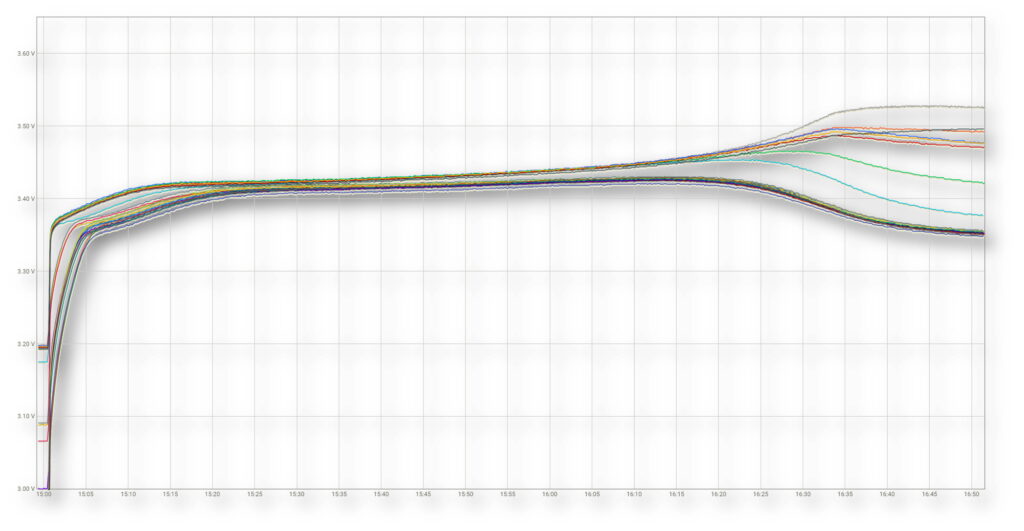
Image credits: BENNING CMS Technology GmbH

Please do not hesitate to contact us if you have any questions. If you had the opportunity to cover this information, we would much appreciate you sending us a link and/or a hard copy. If you are interested in an exclusive specialist article on the topic or a specific aspect of it, please reach out to us.

